1. Alemdar M, Selekler HM, Efendi H. A non-traumatic interhemispheric subdural haematoma: presented with headache as the sole complaint. J Headache Pain. 2005; 6:48–50. PMID:
16362191.

2. Bartels RH, Verhagen WI, Prick MJ, Dalman JE. Interhemispheric subdural hematoma in adults: case reports and a review of the literature. Neurosurgery. 1995; 36:1210–1214. PMID:
7644007.
3. Glista GG, Reichman OH, Brumlik J, Fine M. Interhemispheric subdural hematoma. Surg Neurol. 1978; 10:119–122. PMID:
705586.
4. Lee KJ, Koh EJ, Choi HY. Interhemispheric chronic subdural hematoma showing falx syndrome: Case report. J Korean Neurosurg Soc. 2002; 32:268–271.
5. Lee M, Kim MS, Yoon SW. Interhemispheric subdural hematoma presenting with falx syndrome after trauma. J Korean Neurotraumatol Soc. 2010; 6:158–161.

6. Psaltis A, Lath R, McDonald M. Acute interhemispheric subdural haematoma. J Clin Neurosci. 2004; 11:546–548. PMID:
15177409.

7. Rapana A, Lamaida E, Pizza V, Lepore P, Caputi F, Graziussi G. Inter-hemispheric scissure, a rare location for a traumatic subdural hematoma, case report and review of the literature. Clin Neurol Neurosurg. 1997; 99:124–129. PMID:
9213057.
8. Requejo PR, Vaitsman RP, Paiva MS, Machado AL, Barroso MV, Salame JM, et al. Interhemispheric chronic subdural haematoma: case report and brief review of the literature. Brain Inj. 2010; 24:1039–1043. PMID:
20515363.

9. Sambasivan M. An overview of chronic subdural hematoma: experience with 2300 cases. Surg Neurol. 1997; 47:418–422. PMID:
9131021.

10. Shankar A, Joseph M, Chandy MJ. Interhemispheric subdural hematoma: an uncommon sequel of trauma. Neurol India. 2003; 51:63–64. PMID:
12865519.
11. Shea YF, Li LF, Leung GKK, Chu LW. An uncommon complication of a fall in the elderly: Interhemispheric subdural hematoma. J Clin Gerontol Geriatr. 2013; 4:93–95.

12. Sogut O, Yigit M, Turkdogan KA, Yigit E, Gulen B, Sonmez E, et al. A distinct entity of subdural hematoma. J Clin Med Res. 2016; 8:178–179. PMID:
26767089.
13. Takeda N, Kurihara E, Matsuoka H, Kose S, Tamaki N, Matsumoto S. Three cases of acute interhemispheric subdural hematoma. No Shinkei Geka. 1988; 16:87–92. PMID:
3283592.
14. Takeuchi S, Takasato Y, Masaoka H, Hayakawa T, Yatsushige H, Sugawara T. Traumatic interhemispheric subdural haematoma: Study of 35 cases. J Clin Neurosci. 2010; 17:1527–1529. PMID:
20817537.

15. Wajima D, Yokota H, Ida Y, Nakase H. Spinal subdural hematoma associated with traumatic intracranial interhemispheric subdural hematoma. Neurol Med Chir (Tokyo). 2012; 52:636–639. PMID:
23006875.

16. Wang Y, Wang C, Cai S, Dong J, Yang L, Chen L, et al. Surgical management of traumatic interhemispheric subdural hematoma. Turk Neurosurg. 2014; 24:228–233. PMID:
24831365.
17. Wu C, Liu Y, Yang C. Unusual cause of interhemispheric subdural hematoma: A case report. Neurosurg Q. 2015; 25:436–438.
18. Yoo JS, Hu C, Hong SK, Kim HJ, Han YP. Clinical analysis of interhemispheric subdural hemorrhage and tentorial hemorrhage. J Korean Neurosurg Soc. 1991; 20:13–19.
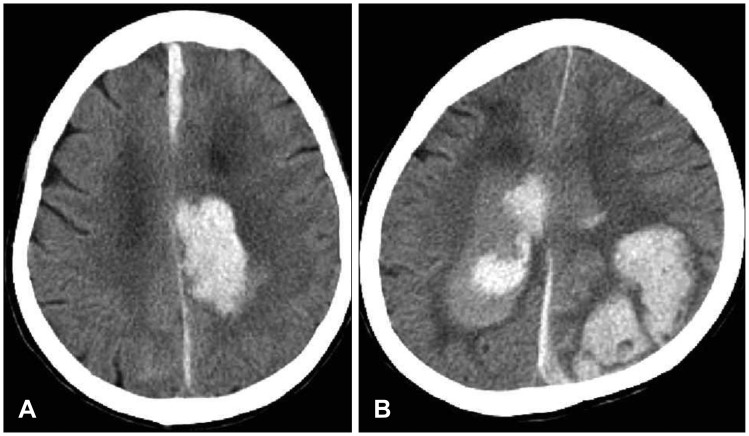
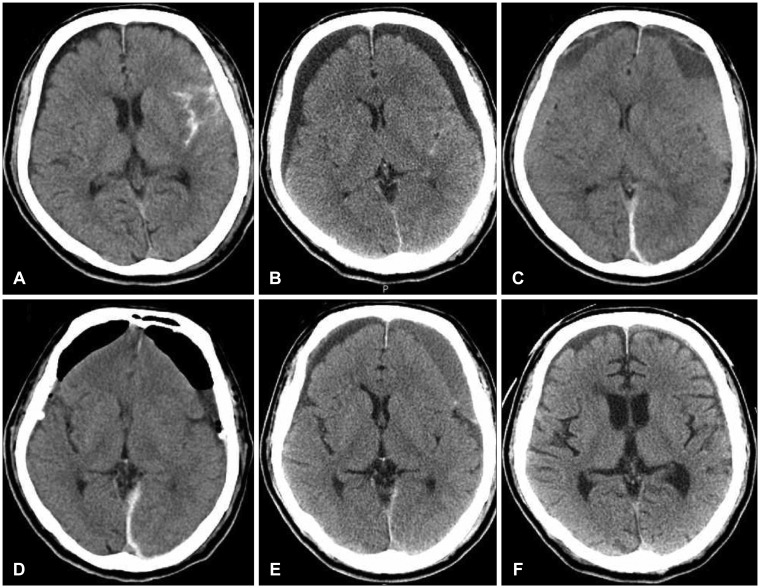




 PDF
PDF ePub
ePub Citation
Citation Print
Print


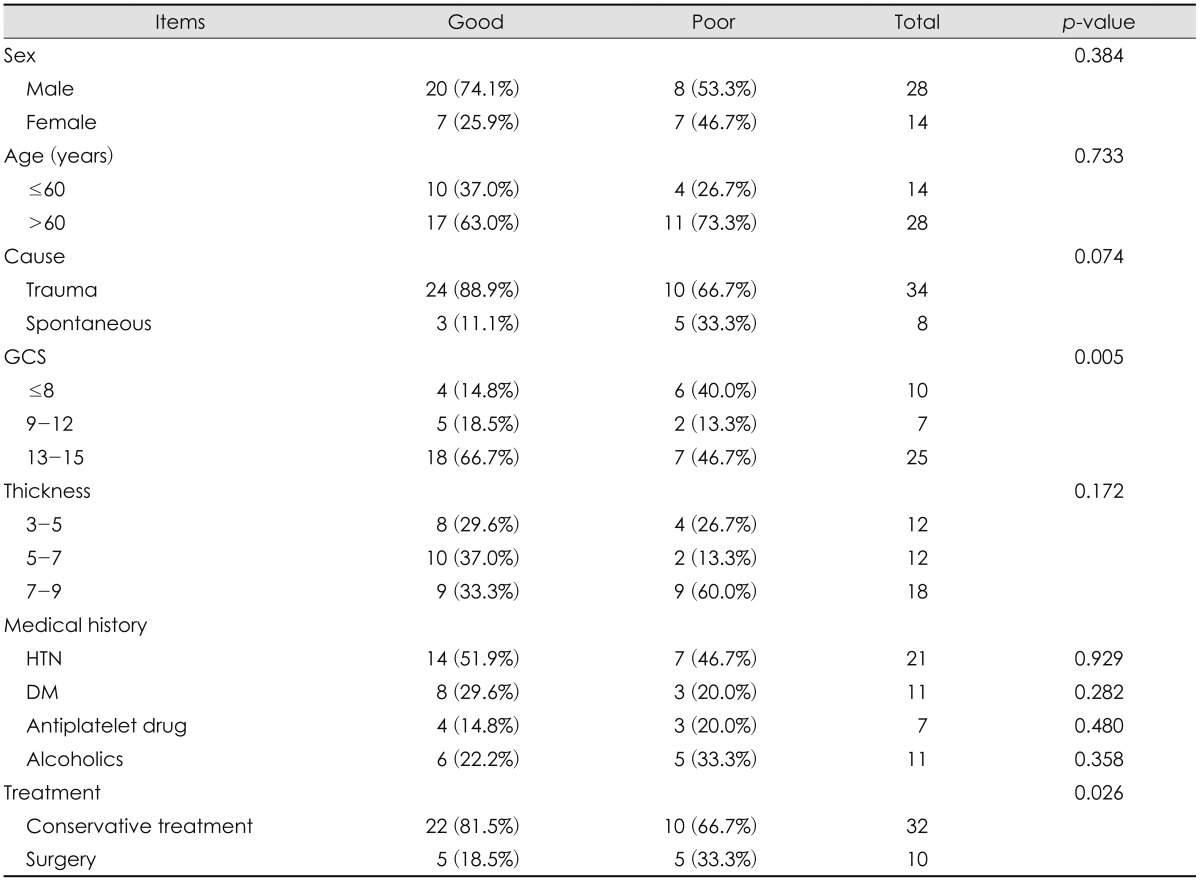
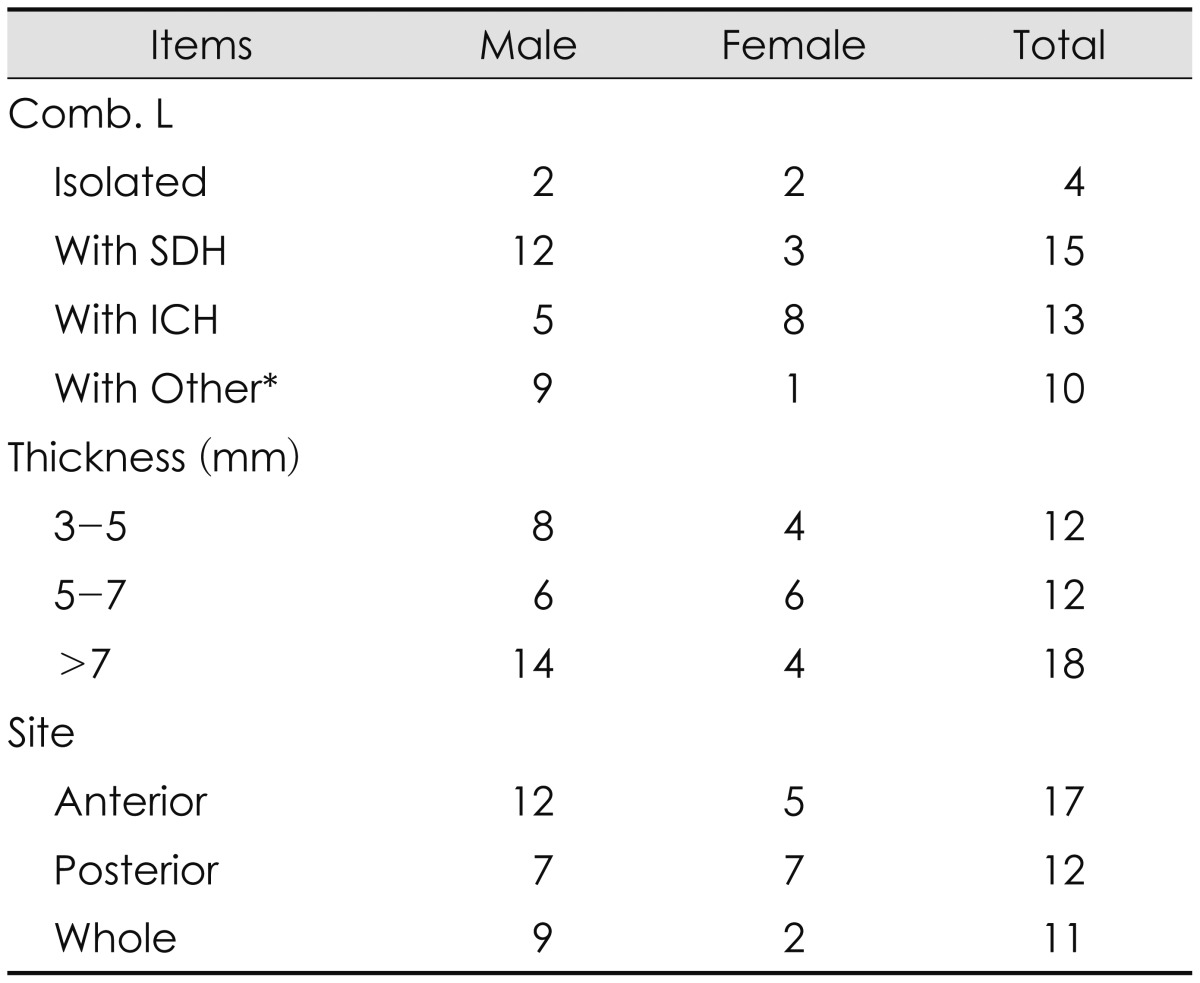
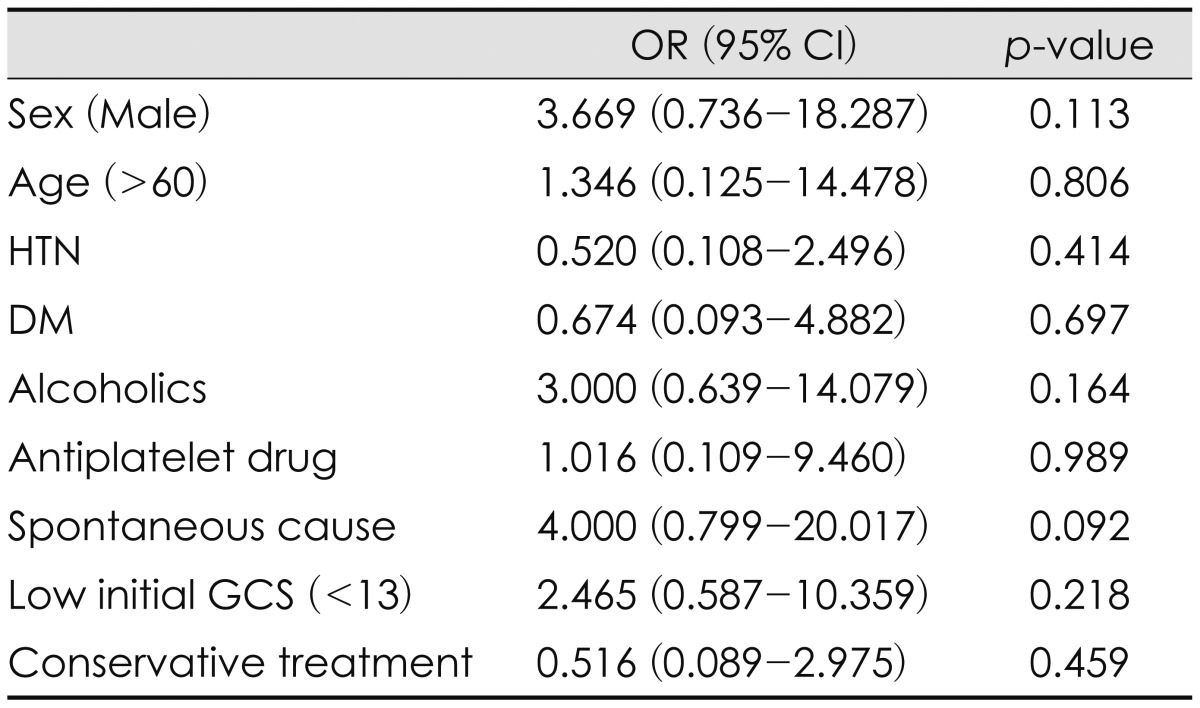
 XML Download
XML Download